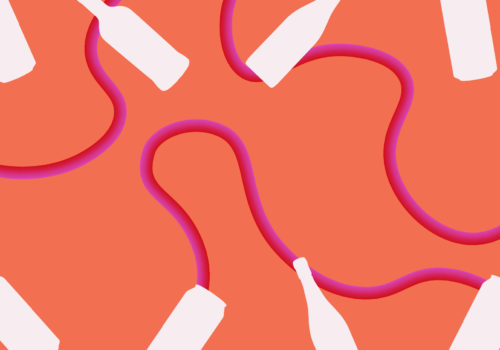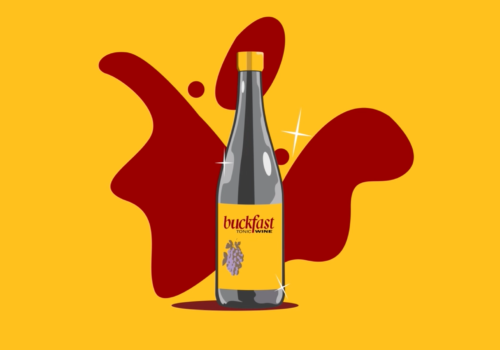Top Tipples: How to buy the best supermarket wine
Words: Shamim de Brún
Artwork: Paul Smith
Decision making in a wine aisle in the supermarket can often feel like a total shitshow. A myriad of wines are spread out before you and no two supermarkets have even remotely the same list.
Thankfully, we’ve come up with a basic list of rules to live by to save you from yourself. This is by no means a complete list, but it’s a good jumping-off point you can keep in your pocket and whip out in the aisle.
We have also put together a list of supermarket wines that I buy myself. These haven’t been gifted and we’re not paid to promote them, they are just genuinely what I pick up to have on-hand. I call them my house wines. They’re not gonna change your life but they’re absolutely grand, handy to have around and feel like good value.
The Rules (Kind Of)
01 Try Not to Buy the Discounted Wine
At Christmas especially discounted wines are bought intentionally to slash the price. The selling price is artificially inflated for the legal minimum amount of time before the wine is put on “special” at the price it’s otherwise worth anyway. This makes it feel like a good deal. Either that or it’s almost past its best, and they need rid of it so they slash the price. This does happen with wine, it’s called a drinking window. It’s not that supermarkets want to make fools of their customers, it’s that they function on a macro scale and that’s how it’s done. A full price wine not discounted at Christmas means they’re not trying to get rid of it. They think it will sell itself. Which is a vote of confidence from the business in the product.
02 Look out for Buzzwords
Crianza is a Spanish word to mark how long a juice has spent in oak. Irish people disproportionately drink loads of Crianza, which means it’s a safe crowd-pleaser if you’re playing by the numbers.
Mis en Bouteille on a French label means that the wine was made and bottled at the winery, and is less likely to be a bulk wine, shipped elsewhere
2015 is a good vintage pretty much all across Europe, this is especially one to watch out for if Bordeaux is your preference
Brut means dry. Extra dry means sweet. Don’t fall into the poorly labelled trap of arcane language.
03 Keep an Eye out for Age
A general rule of thumb when buying wine is to buy young whites and older reds. There are all sorts of good and bad vintages but generally, they won’t have too much of a negative impact on supermarket wine, so don’t let it fuddle you.
04 Crowdsourced Reviews
There are wine rating apps. Vivino is the most popular of them. These apps are simple to use. Take a picture of the label, and it will give you the customer review score, seasoned with a million people telling you what fruits and stones they taste in it. Counter-intuitively, a lot of the time it’s genuinely better to avoid “rating” apps because they can be like TripAdvisor: easy to manipulate. But for supermarket wine, they work. You get enough people through the metaphorical door that you generally get a well-rounded review of the wines. Any supermarket wine with a 4.5 or above is probably a stellar wine because the average Joe only uses these apps to complain or flex on something fancy.
05 Play with Unusual Countries
New Zealand, Australia, Italy, France, Spain. They command a higher price because everyone knows them. Austria, Portugal, Bulgaria don’t. So you get better value from a country people think of as a risk. The same is true for hard to pronounce grapes. Generally, people avoid wines they can’t pronounce. Or with words that are long and clunky looking. This means that they can often be overlooked. Gruner Veltliner is an excellent wine every time but people don’t buy it like they do Chardonnay so it comes in cheaper.
06 Avoid the Absolute Cheapest Wine
As a general rule, all wines that cost less than a fiver at the supermarket are likely to hit you in the head—hard. If the wine is a fiver, all they’re charging you is tax. So the wine must be problematic. However, if for whatever reason, you do decide to tempt fate and embark on an adventure just be sure to have the paracetamol and water by the bed.
Specially Selected Crémant de Jura, €13.99
Amazing value for money. It is also an ideal, less expensive alternative champagne.

Mimo Moutinho Dão White 2020, Portugal, €7.99
Aldi periodically stocks a range of red, white and rosé wines from Portugal under the Mimo Moutinho label. This white from the Dão region, in northern Portugal. Fresh, with plenty of textured pear and peach fruits, it would make a great aperitif, and would also go very nicely with all sorts of shellfish

Fleurie 2020, €8.99
For me, it’s not Christmas without Fleurie. Simple. It’s light, fruity and tannin-free. Gamay is the perfect unfussy accompaniment to most Christmas dinners, Goose notwithstanding.
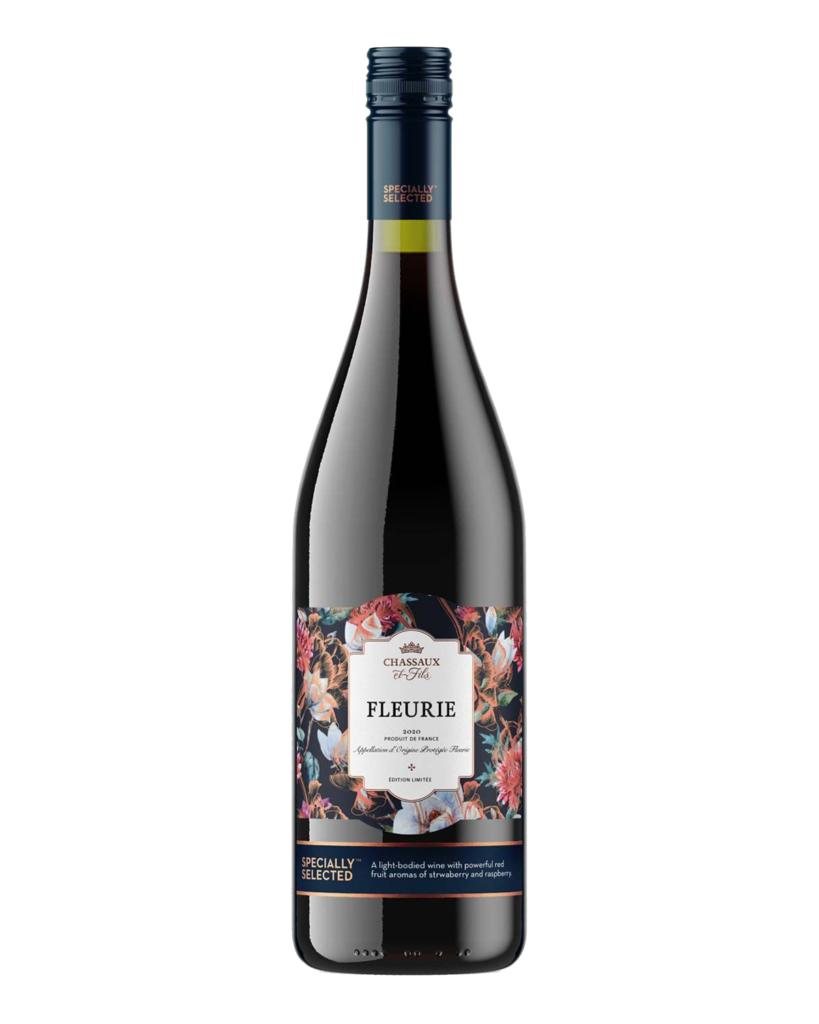
Crozes-Hermitage 2020, €15.99
From the northern Rhône, this smooth, savoury Syrah has black pepper, liquorice and dark cherry fruits. The most expensive on the list, I’ve included it here because it would go down nicely with duck, goose or feathered game.
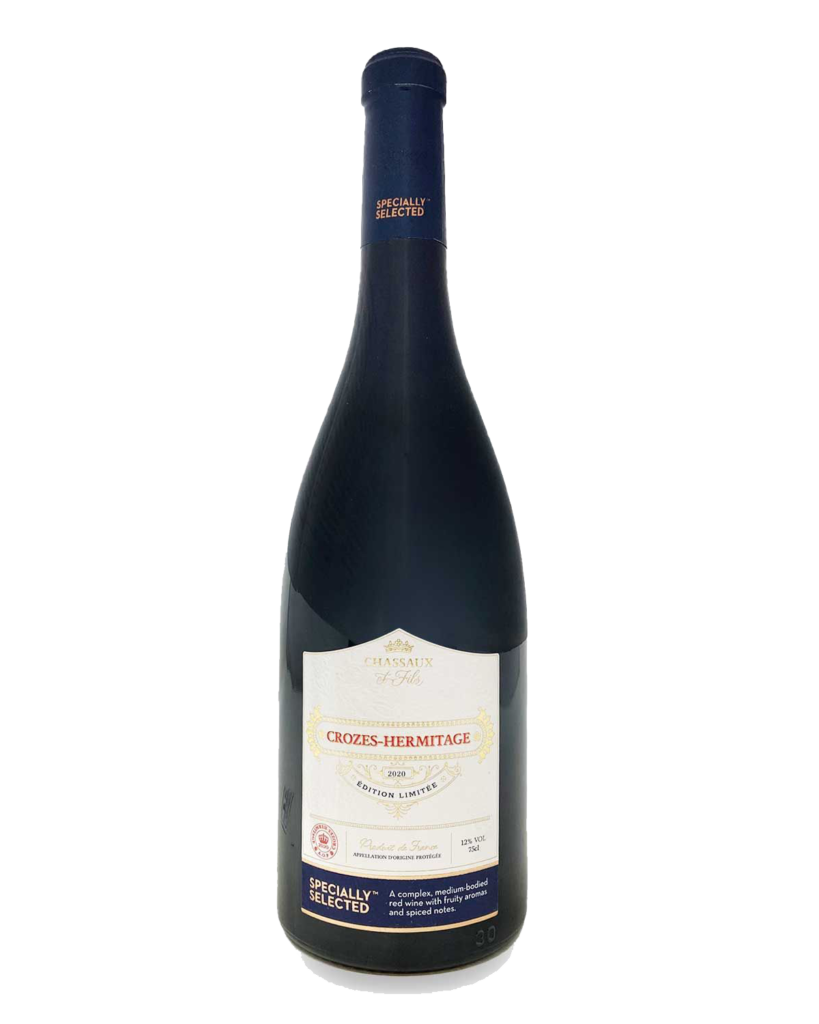
Entre Quintas Douro Reserva 2018, Caves do Monte Vinhos, €11.99
A richer, fuller-bodied red, with ripe cassis, vanilla oak and a smooth, lightly tannic finish.
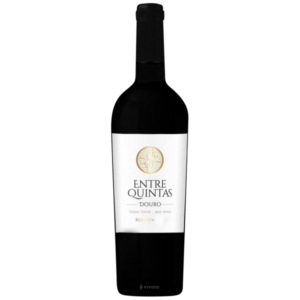
Corte alle Mura 2016, Chianti Riserva; €9.99
Fully mature now with soft ripe blackcurrant fruits, good acidity and autumnal leaves, and a dry finish.
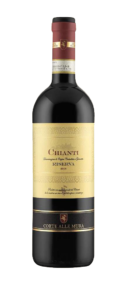
Tesco Finest Chablis 2019; €16.00
Traditionally the white wine French people drink with their Christmas dinner. It’s hard to go wrong with this touched by an oak tree Chardonnay.

Paco And Lola Albarino 2020; €15.00
Albarino is a firm Irish favourite. Perfect for the Sauv Blanc lover who wants to level up for the season or just try something new. The mineral acidity will cut through the fat of a Duck or Goose with ease.

Tesco Finest Soave 2020; €10
Rich fruity and a touch sweeter than the other sites on this list, it’s a perfect wine to try if you don’t drink wine.

Cono Sur Bicicleta Pinot Noir €12
A fresh fruit-forward Pinot Noir with a race of acidity right down the centre. Banging for its price point.



